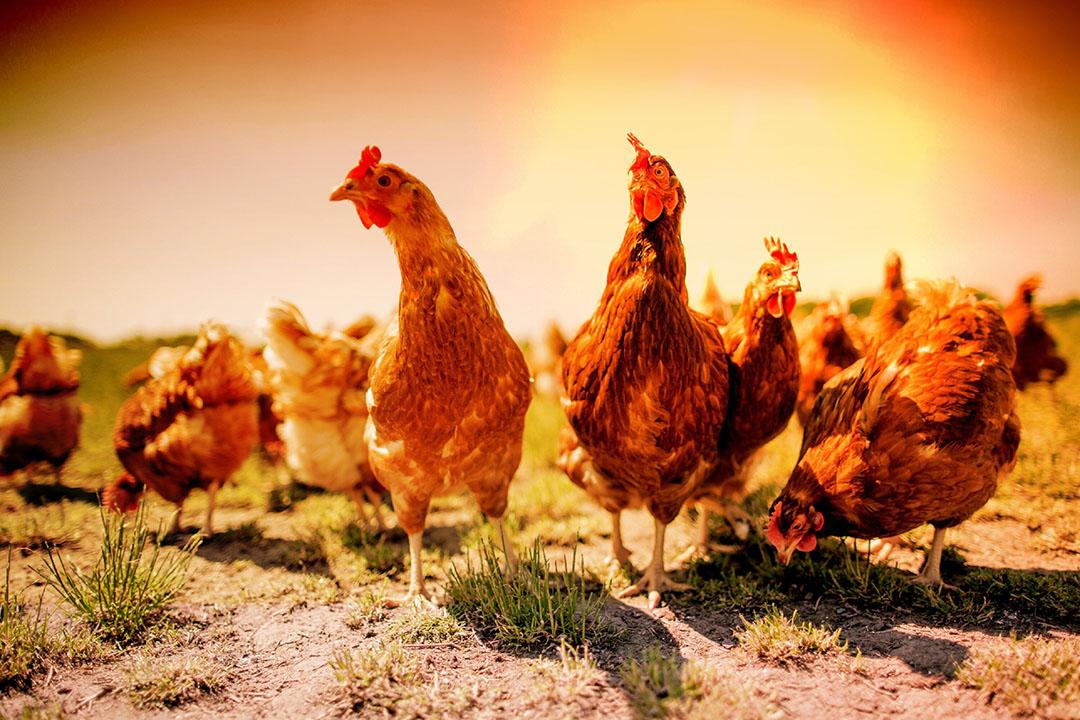Poultry farming refers to the raising of domesticated birds such as chickens, turkeys, ducks, and geese, primarily for meat or eggs. It has been one of the major revenue earners worldwide for both large commercial operations as well as small-scale backyard farms. In this article, we take a look at various aspects of poultry farming that make it a profitable business venture.
Rising Demand for Poultry Products
The demand for chicken, eggs, and other poultry products has been increasing steadily over the past few decades owing to rising population, urbanization, and changes in dietary preferences. According to statistics, global meat consumption has doubled since 1960 with poultry meat being the most widely consumed. Its white meat profile and lower fat content compared to red meat have made it a popular choice for health-conscious consumers. The egg industry has also grown tremendously to meet the demands of baking, snacks, and breakfast foods industry worldwide. The growing markets both domestically and globally ensure remunerative prices for poultry farmers.
Breeds suitable for commercial production:Broiler Chicken Farming
Broiler chicken refers to chickens raised specifically for meat production. They have been selectively bred over the years to grow very large in a short period of 6-8 weeks. Some of the popular broiler chicken varieties are Cobb, Hubbard Classic, and Ross that can attain a live weight of 2-3 kg in just 6 weeks. They require high protein diet, adequate space, strict hygiene and medication protocols to achieve optimum growth rates. Farm sizes can range from 5000 to over 1,00,000 birds. With investment in modern housing infrastructure, contract growing with leading integrators is a low maintenance way to earn steady income from broiler farming.
Egg Layer Chicken Farming
Commercial egg production focuses on layer breeds that are egg-type chickens specifically bred for maximizing daily egg laying over a period of 12-18 months. Popular layer varieties are White Leghorn, ISA Brown, and Shaver. They start laying eggs from 18-20 weeks of age and may lay over 300 eggs in a cycle. Layer Poultry farms today use modern cage systems and automatic equipment for egg collection, grading and packaging. Contract growing arrangements help farmers to consistently supply eggs to local processing units and larger markets easily
Duck Farming
Ducks can also be commercially farmed both for their tasty meat and high nutritive eggs. Some preferred duck breeds are Khaki Campbell, Rouen and Indian Runner. Ducks mature faster than chickens taking 8 weeks to reach slaughter weight of 2-3 kg. They are better converters of feed into meat. Duck eggs also fetch a premium price due to their rich taste and nutrition profile. While regular care and housing is a must, ducks are hardy, less prone to diseases and provide fairly stable returns. Their meat and eggs have a growing niche market globally particularly in European countries.
Turkey Farming
Turkeys are largely produced for special occasions like Thanksgiving, Christmas and New Year. Broad-breasted large white and bronzed turkeys are common commercial varieties. It takes around 16-20 weeks for a turkey to reach market weight of 8-15 kg. Turkeys require more space compared to chickens or ducks. However, their meat sells at a considerable premium. While major turkey producing countries are US, Brazil and China, there is scope to slowly expand local turkey markets. Disease prevention using all-in all-out system remains a key challenge for turkey farmers.
Other Opportunities
Apart from the major chicken, duck and turkey production, farmers can also benefit from rearing guinea fowls, quails and specialty poultry birds. Their eggs and meat are gaining niche demand from health or gourmet food consumers. Backyard smallholder poultry too continues to contribute significantly to the livelihood of rural communities and landless families. Modern technologies like GIS mapping of farms, GPS monitoring, precision feeding systems can further boost efficiency and production scales. With the ever increasing appetite for protein-rich meat and egg products, smart poultry farming practices hold great potential for income generation and rural development.
Summing Up
To conclude, poultry farming is one of the most organized and commercially viable divisions of agriculture globally. Rising consumerism, availability of high-yielding breeds, and expanding processing facilities are driving its continued growth and higher profits. Prospective entrepreneurs can reap rich dividends through adopting advanced housing systems, efficient management practices and smart integrations along supply chains. While initial capital investments may be substantial for large operations, smaller scale contract growing ensures regular income streams for smallholders as well. With scientific methods and prudent disease controls, poultry certainly remains a bankable agri-business opportunity today and in the future.
Get more insights on- Poultry



